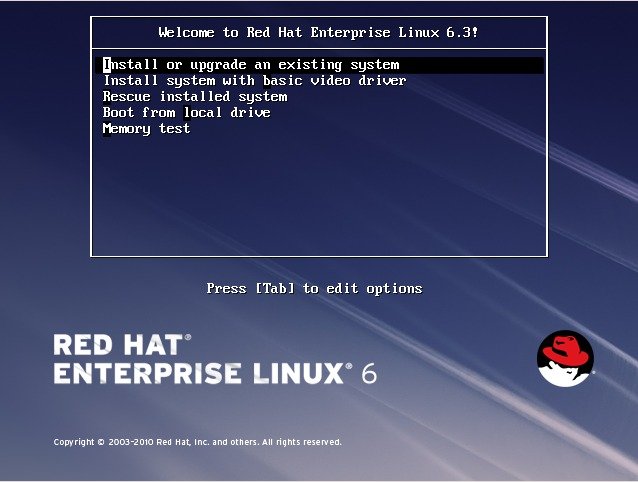Dns Server Configuration In Linux 6 Step By Step Pdf Files
The permission on all the bind related files should be 640 and for all directories it should be 770 with root as user owner and named as group owner # ll total 36 -rw-r----. 1 root named 207 Mar 14 18:36 192.168.1.zone drwxrwx--. 2 named named 4096 Jan 20 23:10 data drwxrwx--. 2 named named 4096 Jan 20 23:10 dynamic -rw-r----. 1 root named 242 Mar 14 18:32 example.zone -rw-r----. 1 root named 1892 Feb 18 2008 named.ca -rw-r----.

Step: Description. Validate this server setup. Setup SSH for the root user. Validate all nodes. Update the /etc/hosts directory. Dns Server Configuration In Linux 6 Step By Step Pdf Download. How to configure linux dns server step by step guide example and. Guard configuration files. Jun 20, 2017 Dns Server Configuration In Linux 6 Step By Step Pdf Editor. Centos 6.5 - Linux - Red Hat - Debain. Windows Server.
1 root named 152 Dec 15 2009 named.empty -rw-r----. 1 root named 152 Jun 21 2007 named.localhost -rw-r----. 1 root named 168 Dec 15 2009 named.loopback drwxrwx--.
2 named named 4096 Jan 20 23:10 slaves. So looks like all our zone field are reflecting correctly. Restart named services # service named restart Stopping named:.
[ OK ] Starting named: [ OK ]Verify both the zones # nslookup example Server: 192.168.1.11 Address: 192.168.1.11#53 Name: example Address: 192.168.1.11 # dig -x 192.168.1.11; >Archpr 4 53 Serial Chomikuj Darmowa. DiG 9.8.2rc1-RedHat-9.8.2-0.23.rc1.el6_5.1 >-x 192.168.1.11;; global options: +cmd;; Got answer:;; ->>HEADER. If your system is getting stuck at generating the /etc/rndc.key file, it is because the random pool is starved for entropy. Which makes /dev/random block. You can check how much entropy you have in the pool using 'cat /proc/sys/kernel/random/entropy_avail'. Values under 300 indicate problems (but are unfortunately common on virtual machines). One of the best solutions is to just wait for it to finish (it will take 5-15 minutes).
Other suggestions I have seen would be to ping the machine from multiple source machines (maybe even 'ping -f address' to flood-ping). Or if there is a physical mouse/keyboard attached, the Linux kernel will grab entropy from typing / moving the mouse around. Logging into the machine a second or third time and generating network traffic or running things like disk tests or CPU heavy workloads may also help generate more entropy at a faster rate. Other options are things like hardware entropy keys or daemons like 'haveged'. I am not sure if I got your question correctly. What command are you trying to use exactly?